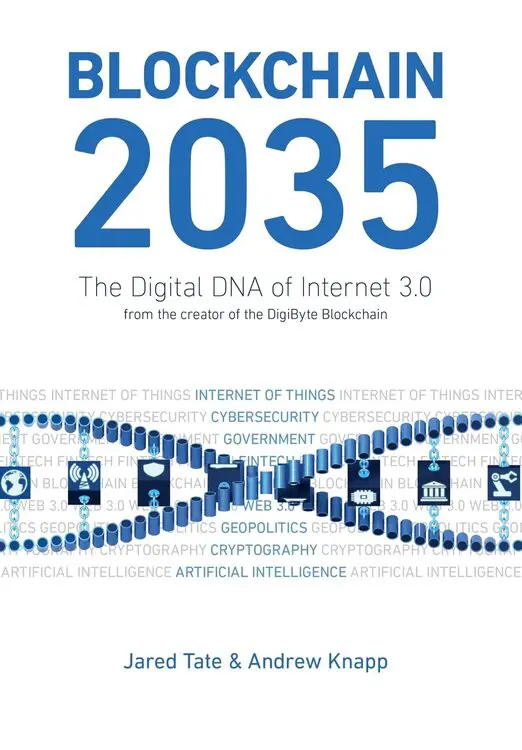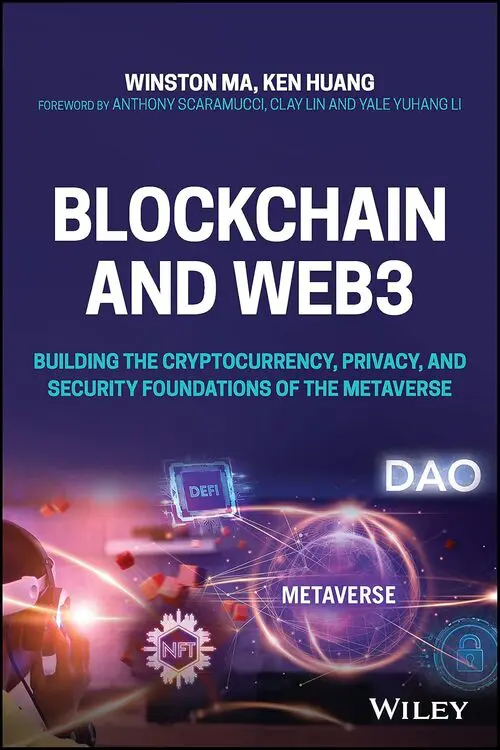Blockchain 2030
When people hear the word blockchain, they still think of crypto coins and digital speculation.
But by 2030, that idea will seem ancient. Blockchain is quietly evolving into something far greater — a backbone for how the world runs.
In the coming decade, you won’t even notice it working. You’ll just live in a world powered by it. Your ID, your job contract, your home, your doctor’s visit — all verified, secured, and managed on the blockchain.
In this article, we’ll explore how blockchain will transform everyday life by 2030. From energy grids to hospitals, from online identities to transparent voting, the blockchain revolution is happening — and it’s already closer than you think.

1. From Bitcoin to Everyday Tech: The Evolution of Blockchain
Blockchain started as the digital ledger behind Bitcoin. It was designed to remove middlemen and record transactions with complete transparency.
But it didn’t take long before innovators realized that its potential reached far beyond money.
Over the years, blockchain has become a framework for trustless systems — platforms that work without needing to rely on central authorities.
Governments, corporations, and tech startups have all begun using it to store, verify, and transfer data securely.
By 2030, blockchain will no longer be a “crypto” technology. It will be an everyday technology, woven into homes, hospitals, supply chains, and even social services.
The transition has already begun — quietly, steadily, and globally.
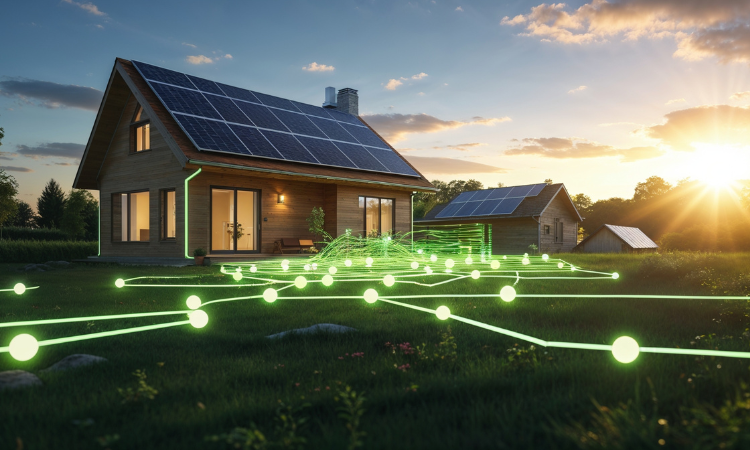
2. Smart Homes and Energy Grids on the Blockchain
Imagine waking up in your smart home where every device is connected through blockchain. Your thermostat verifies energy usage on a distributed ledger.
Your solar panels automatically sell excess power to your neighbor without a utility company in between.
By 2030, blockchain-powered energy grids will allow people to trade electricity peer-to-peer. No middlemen. No inflated billing. Every transaction recorded transparently.
This shift also boosts sustainability. Fraud and energy theft become almost impossible. Cities will rely on decentralized grids that adapt dynamically, reducing waste and cutting costs.
Blockchain won’t just light our homes — it will make them smarter and fairer.
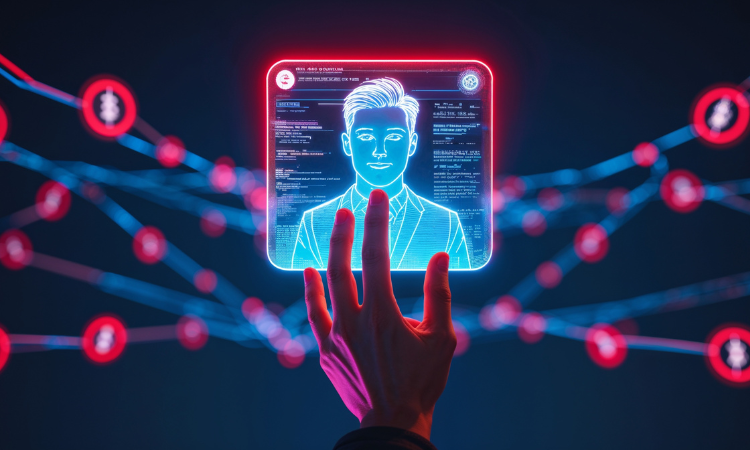
3. Digital Identity and Personal Data Ownership
In 2030, remembering dozens of passwords will be a thing of the past. Thanks to blockchain, you’ll have one self-sovereign digital identity that works everywhere — from logging into your bank to accessing healthcare records or voting online.
Your identity data won’t live on a company’s server anymore. It will live on the blockchain, encrypted and owned by you. You’ll decide who can access it and for how long.
This technology will put an end to massive data breaches and identity theft. Governments, universities, and companies are already experimenting with decentralized ID systems. By 2030, that privacy-first identity model will be the new standard.
4. Blockchain in Healthcare: Your Medical Records, Finally Secure
Healthcare is one of the industries that blockchain will completely transform.
Today, medical data is scattered across clinics and systems that rarely talk to each other. By 2030, that chaos will end.
With blockchain, every patient will have a single, verified medical record accessible only to authorized professionals.
You’ll be able to visit a new doctor or hospital, and your history will follow you instantly — encrypted, accurate, and untampered.
Blockchain will also help track pharmaceuticals, fighting counterfeit drugs that endanger lives.
In emergencies, doctors will access life-saving information in seconds.
Privacy, efficiency, and trust — all delivered by the same technology once used for Bitcoin.
5. Education, Work, and Credentials on the Chain
Fake degrees and unverifiable résumés will disappear in the blockchain era.
By 2030, your education, certifications, and work history will exist as immutable records on blockchain networks.
Employers will verify your credentials instantly, without relying on calls or paperwork.
Freelancers will build on-chain profiles that show verified proof of skills, ratings, and payment histories.
Blockchain credentials will create a world where reputation is transparent and portable.
Wherever you go, your achievements and skills go with you — and they can’t be forged or faked.

6. Supply Chains and Everyday Shopping
By 2030, you’ll know exactly where your food, clothes, and electronics come from.
Blockchain-powered supply chains will track every product from source to store.
When you buy coffee, you’ll scan a QR code to see the exact farm, transport route, and ethical certifications — all verified on the blockchain.
When you purchase a luxury item, you’ll know it’s authentic, not a counterfeit.
Major brands are already testing these systems. Blockchain brings radical transparency to consumer goods, ensuring fairness for producers and trust for buyers.
Shopping will never feel the same again — it will be smarter, ethical, and verifiable.
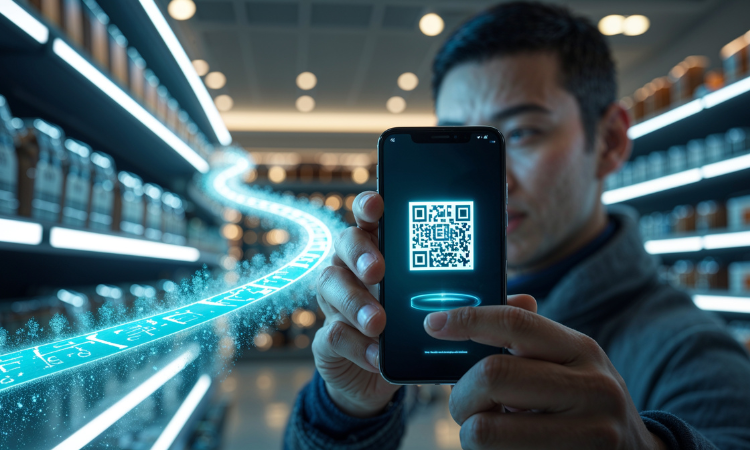
7. Blockchain Voting and Governance
Elections will look very different by 2030. Blockchain technology allows for transparent, tamper-proof voting systems that governments can’t manipulate and hackers can’t distort.
Imagine voting securely from home using your verified blockchain ID. Every vote is recorded and counted publicly, but without exposing your personal data. Fraud becomes nearly impossible, and trust in democracy begins to rebuild.
Several nations are already testing blockchain voting pilots. If successful, this could mark one of the most profound uses of decentralized technology — giving power back to citizens in a truly verifiable way.

8. The Rise of Blockchain Banking and Micro-Payments
Traditional banks are slowly realizing they can’t ignore blockchain anymore.
By 2030, financial institutions will use blockchain for instant settlements, cross-border payments, and transparent auditing.
Sending money abroad will take seconds, not days.
Remittance fees will shrink to almost nothing.
Micro-payments will become part of everyday life — paying for an article, a song, or a small service instantly through blockchain-powered wallets.
Stablecoins and central bank digital currencies (CBDCs) will merge the convenience of blockchain with the stability of traditional finance.
The result will be a new kind of economy — borderless, real-time, and inclusive.
9. Everyday Transactions: Renting, Shopping, and Insurance
By 2030, smart contracts will handle most of our daily transactions.
When you rent a home or car, the contract will execute automatically once payment is confirmed.
Insurance claims will process instantly once verified on the blockchain.
Subscription services will evolve too.
You’ll pay for content, streaming, or utilities through micro-payments that run seamlessly in the background.
No middlemen, no delays, no disputes.
Blockchain’s automation will make everyday life smoother and more efficient. It won’t just replace paperwork — it will eliminate friction itself.

10. The Road Ahead: What Blockchain 2030 Really Means
The blockchain of 2030 won’t be loud or flashy.
It will simply work — silently, behind the scenes.
Scalability will no longer be an issue. Environmental concerns will ease as green blockchains dominate.
Quantum-resistant encryption will safeguard the next generation of networks.
And artificial intelligence will merge with blockchain to automate entire ecosystems of trust and verification.
By 2030, blockchain won’t be a buzzword. It will be invisible — an underlying layer of trust that supports every part of digital life, from finance to freedom itself.
Frequently Asked Questions (Q&A)
1. What industries will blockchain impact most by 2030?
Finance, healthcare, energy, and logistics will see the biggest transformations. But eventually, every digital industry will rely on blockchain in some form.
2. Will blockchain replace traditional banks?
Not entirely. Banks will adapt by integrating blockchain systems for faster, cheaper, and more transparent services.
3. How will blockchain protect my privacy online?
Blockchain lets you control your data through encryption and selective sharing. You decide who can access your information and for how long.
4. Is blockchain technology sustainable for global use?
Yes. New consensus models like Proof of Stake and green energy integration have drastically reduced blockchain’s environmental footprint.
5. How can I prepare for a blockchain-powered future?
Start learning now. Explore Web3 platforms, understand smart contracts, and stay informed about how blockchain is evolving. The earlier you adapt, the more you’ll benefit.
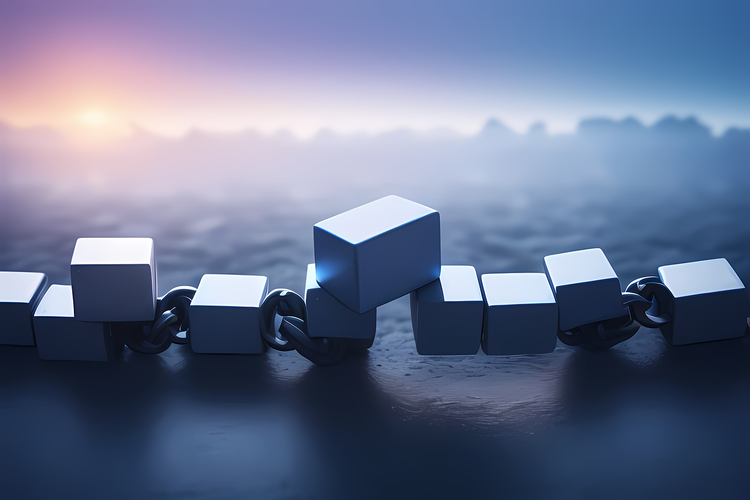
Blockchain 2030:Conclusion
Blockchain began as an experiment in digital money. But by 2030, it will evolve into something much larger — the invisible engine of the world’s digital infrastructure.
It will power homes, cities, healthcare, education, and governance.
It will reshape economies and redefine privacy. And yet, most people won’t even realize they’re using it.
The blockchain revolution isn’t coming.
It’s already here — quietly building the foundations of the future you’ll live in.



